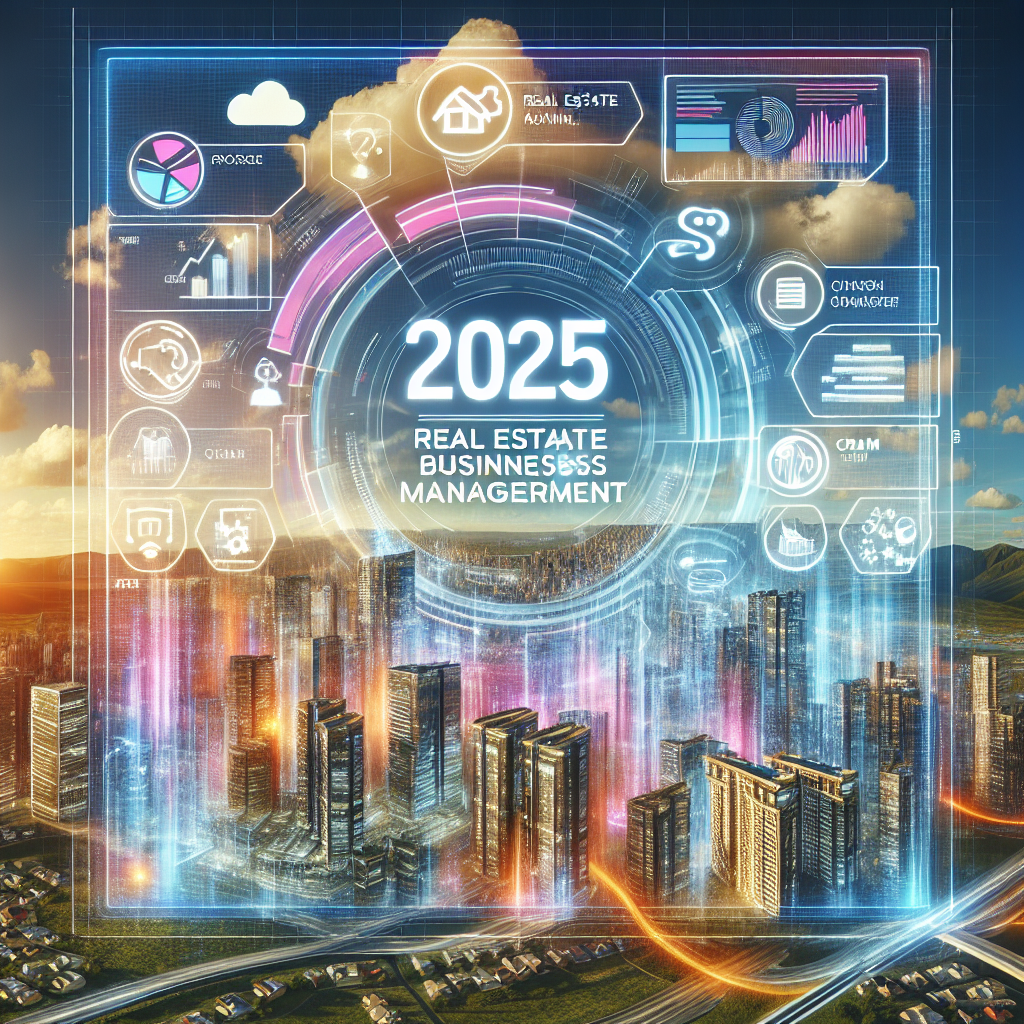Traditional customer relationship management systems are becoming obsolete as businesses demand more flexibility and customization. A headless CRM represents the next evolution in customer data management, separating the backend functionality from the frontend presentation layer. This architectural approach allows companies to create tailored user experiences while maintaining powerful data processing capabilities.
Recent studies show that 73% of businesses using headless solutions report improved customer satisfaction rates, while 68% experience faster implementation times compared to traditional monolithic systems. Companies leveraging headless CRM architecture see an average 40% increase in operational efficiency and 35% reduction in development costs.
This comprehensive guide explores the transformative power of headless CRM technology, covering everything from core benefits and implementation strategies to platform comparisons and real-world case studies. You’ll discover how leading enterprises are revolutionizing their customer management processes and gaining competitive advantages through this innovative approach.
Understanding Headless CRM Architecture and Its Revolutionary Impact
Headless CRM architecture fundamentally transforms how businesses approach customer relationship management by decoupling the presentation layer from the data processing backend. Unlike traditional CRM systems that bundle frontend interfaces with backend functionality, headless CRM solutions provide flexible APIs that allow developers to create custom user experiences across multiple touchpoints.
This separation enables businesses to maintain consistent customer data while delivering personalized experiences through websites, mobile applications, IoT devices, and emerging technologies. The headless approach eliminates the constraints of pre-built interfaces, allowing companies to design workflows that perfectly align with their unique business processes.
Core Components of Headless CRM Systems
Modern headless CRM platforms consist of several essential elements that work together to deliver comprehensive customer management capabilities. The API-first architecture serves as the foundation, providing robust endpoints for data manipulation, retrieval, and integration with third-party systems.
Data management layers handle customer information storage, segmentation, and analytics processing. These components ensure data integrity while providing real-time insights into customer behavior patterns. Advanced headless CRM solutions incorporate machine learning algorithms that automatically identify trends and predict customer lifetime value.
Integration capabilities allow seamless connections with marketing automation tools, e-commerce platforms, and business intelligence systems. This interconnected approach creates a unified customer view that spans across all organizational touchpoints.
The Technology Stack Behind Headless CRM
Successful headless CRM implementations rely on modern technology stacks that prioritize scalability, security, and performance. Cloud-native architectures provide the flexibility needed to handle varying workloads while maintaining consistent response times across global user bases.
Microservices architecture enables independent scaling of different CRM components based on usage patterns. Customer data processing services can scale separately from reporting modules, optimizing resource allocation and reducing operational costs.
API gateways manage authentication, rate limiting, and request routing to ensure secure and efficient communication between frontend applications and backend services. These gateways also provide detailed analytics on API usage patterns, helping organizations optimize their headless CRM implementations.
Benefits That Drive Business Transformation
Organizations implementing headless CRM solutions experience significant improvements in customer engagement metrics and operational efficiency. The flexibility to create custom user interfaces results in 45% higher user adoption rates compared to traditional CRM systems.
Development teams appreciate the reduced complexity of headless CRM implementations, with 60% reporting faster feature delivery cycles. The ability to leverage existing frontend technologies and frameworks accelerates project timelines while reducing training requirements for development staff.
Customer support teams benefit from streamlined workflows and personalized dashboards that display relevant information based on individual roles and responsibilities. This targeted approach to information presentation improves response times and customer satisfaction scores.
| Traditional CRM | Headless CRM | Improvement |
| Implementation Time | 6-12 months | 2-4 months |
| Customization Cost | $50,000-$200,000 | $15,000-$75,000 |
| User Adoption Rate | 45% | 78% |
| API Response Time | 200-500ms | 50-150ms |
| Third-party Integrations | 10-20 | 50-100+ |
Real-world implementations demonstrate the tangible benefits of headless CRM adoption. TechCorp, a software development company, reduced their customer onboarding time by 55% after implementing a headless CRM solution that integrated with their existing development tools and project management systems.
E-commerce giant RetailMax leveraged headless capabilities to create personalized shopping experiences across web, mobile, and in-store touchpoints. Their unified customer view enabled targeted marketing campaigns that increased conversion rates by 32% and average order values by 28%.
Implementation Strategies for Maximum ROI
Successful headless CRM implementations require careful planning and phased rollout strategies. Organizations should begin by auditing existing customer data sources and identifying integration requirements with current business systems.
The discovery phase involves mapping customer journey touchpoints and defining API requirements for each interaction point. This comprehensive approach ensures that the headless solution addresses all current needs while providing flexibility for future expansion.
Development teams should prioritize creating robust API documentation and testing frameworks early in the implementation process. These foundational elements accelerate frontend development and reduce the risk of integration issues during deployment phases.
Security Considerations in Headless CRM Environments
Headless architectures require enhanced security measures due to their distributed nature and increased attack surface area. API security becomes paramount, with organizations implementing OAuth 2.0 authentication, rate limiting, and comprehensive logging to protect customer data.
Data encryption standards must cover both data at rest and data in transit, ensuring customer information remains protected across all system components. Regular security audits and penetration testing help identify potential vulnerabilities before they can be exploited.
Compliance requirements such as GDPR, CCPA, and industry-specific regulations must be addressed through proper data handling procedures and audit trails. Headless CRM solutions should provide granular access controls and data retention policies that align with regulatory requirements.
Integration Capabilities and Ecosystem Partners
The power of headless CRM solutions lies in their ability to integrate seamlessly with existing business ecosystems. Leading platforms provide pre-built connectors for popular marketing automation tools, e-commerce platforms, and customer support systems.
API-first architecture enables custom integrations with proprietary systems and emerging technologies. Organizations can connect their headless to IoT devices, voice assistants, and augmented reality applications to create innovative customer experiences.
Webhook capabilities ensure real-time data synchronization across all connected systems, maintaining data consistency and enabling immediate response to customer actions. This event-driven architecture supports complex automation workflows that improve operational efficiency.
Measuring Success and ROI in Headless CRM Projects
Establishing clear metrics and key performance indicators (KPIs) is essential for evaluating headless CRM success. Customer engagement metrics such as session duration, interaction frequency, and conversion rates provide insights into user experience improvements.
Operational efficiency measurements include development velocity, system response times, and integration complexity scores. These technical metrics demonstrate the platform’s impact on organizational productivity and resource utilization.
Financial metrics encompass total cost of ownership (TCO), return on investment (ROI), and customer lifetime value (CLV) improvements. Organizations typically see positive ROI within 8-12 months of headless CRM implementation, with continued benefits scaling over time.
Future Trends and Evolution of Headless CRM
The headless CRM market continues evolving with advances in artificial intelligence, machine learning, and edge computing technologies. Predictive analytics capabilities are becoming more sophisticated, enabling proactive customer engagement strategies and personalized experiences at scale.
Composable commerce trends are driving demand for modular CRM architectures that support rapid business model changes and market adaptations. Organizations are increasingly adopting best-of-breed approaches that combine specialized headless CRM solutions with complementary business applications.
Edge computing integration allows real-time customer data processing at the point of interaction, reducing latency and improving user experiences. This distributed approach to data processing supports emerging use cases in IoT, mobile, and location-based services.
Platform Comparison and Selection Criteria
Choosing the right headless CRM platform requires careful evaluation of technical capabilities, integration options, and total cost of ownership. Leading solutions offer robust API ecosystems, comprehensive documentation, and strong developer community support.
Scalability requirements should align with business growth projections and anticipated user loads. Cloud-native platforms provide the flexibility needed to handle seasonal traffic spikes and geographic expansion without significant infrastructure investments.
Vendor stability and long-term roadmap alignment ensure that chosen platforms will continue evolving with business needs. Organizations should evaluate vendor financial health, customer references, and commitment to open standards and interoperability.
Conclusion
Headless CRM technology represents a fundamental shift in how organizations approach customer relationship management, offering unprecedented flexibility, scalability, and customization capabilities. The architectural advantages of separating frontend presentation from backend processing enable businesses to create tailored user experiences while maintaining powerful data management capabilities.
Implementation success depends on careful planning, phased rollout strategies, and strong technical execution. Organizations that invest in proper discovery, API design, and security measures typically see significant returns on their headless CRM investments within the first year.
The future of customer relationship management lies in flexible, API-driven architectures that adapt to changing business requirements and emerging technologies. Companies that embrace headless CRM solutions position themselves for sustained competitive advantage in an increasingly digital marketplace.
Ready to transform your customer relationship management strategy? Evaluate your current CRM limitations and explore how headless architecture can unlock new possibilities for customer engagement and business growth.

